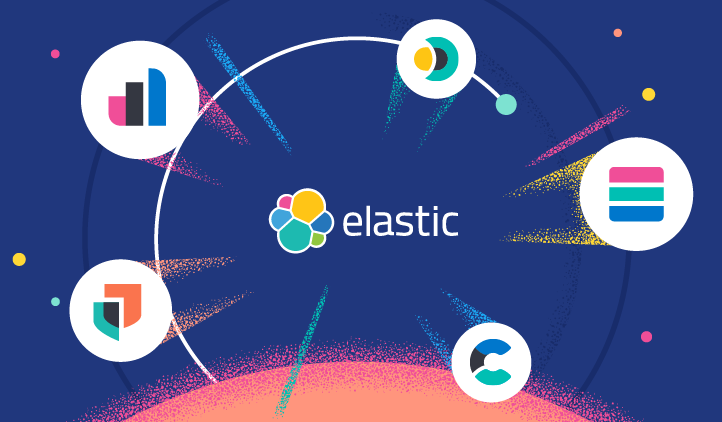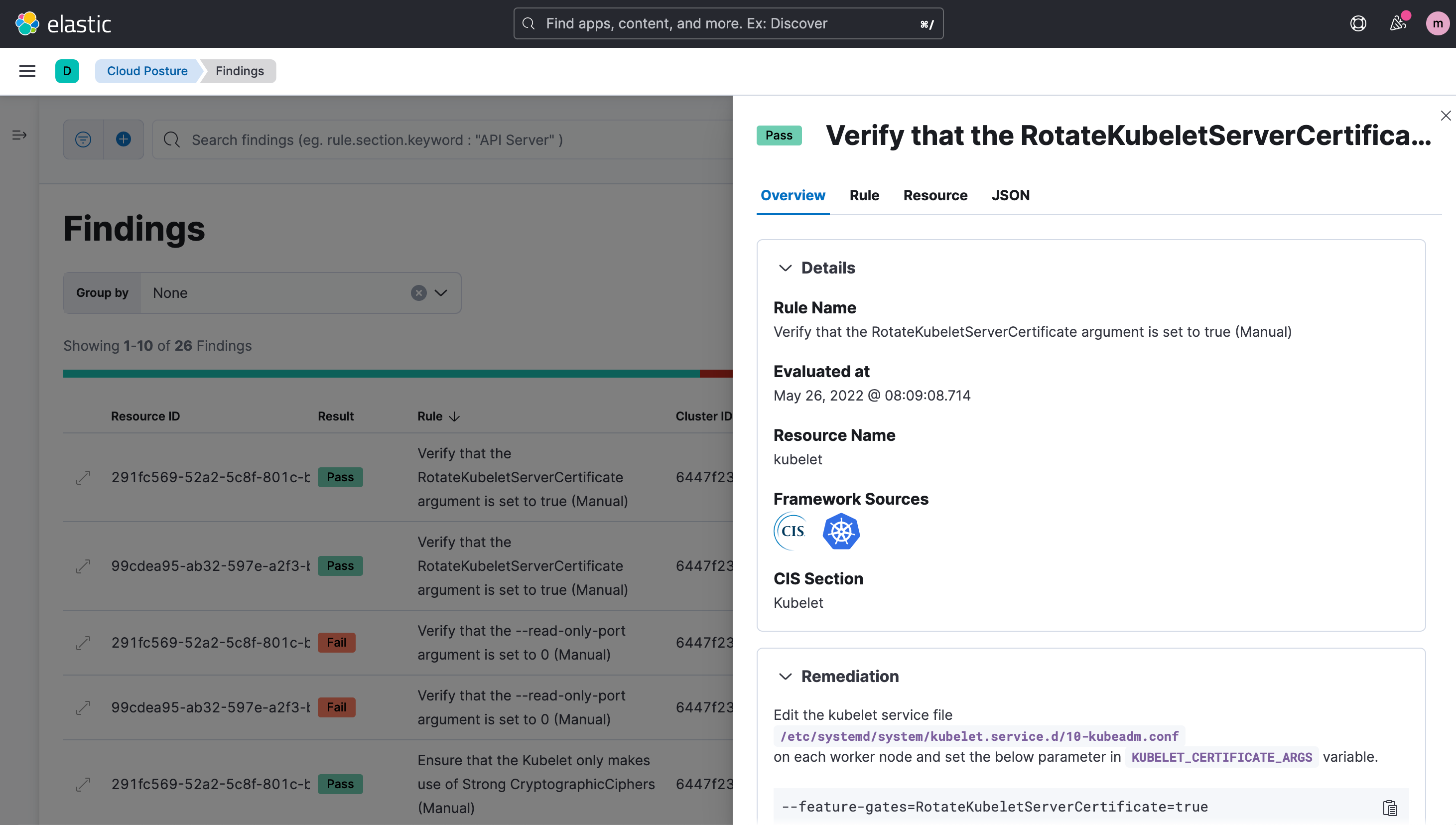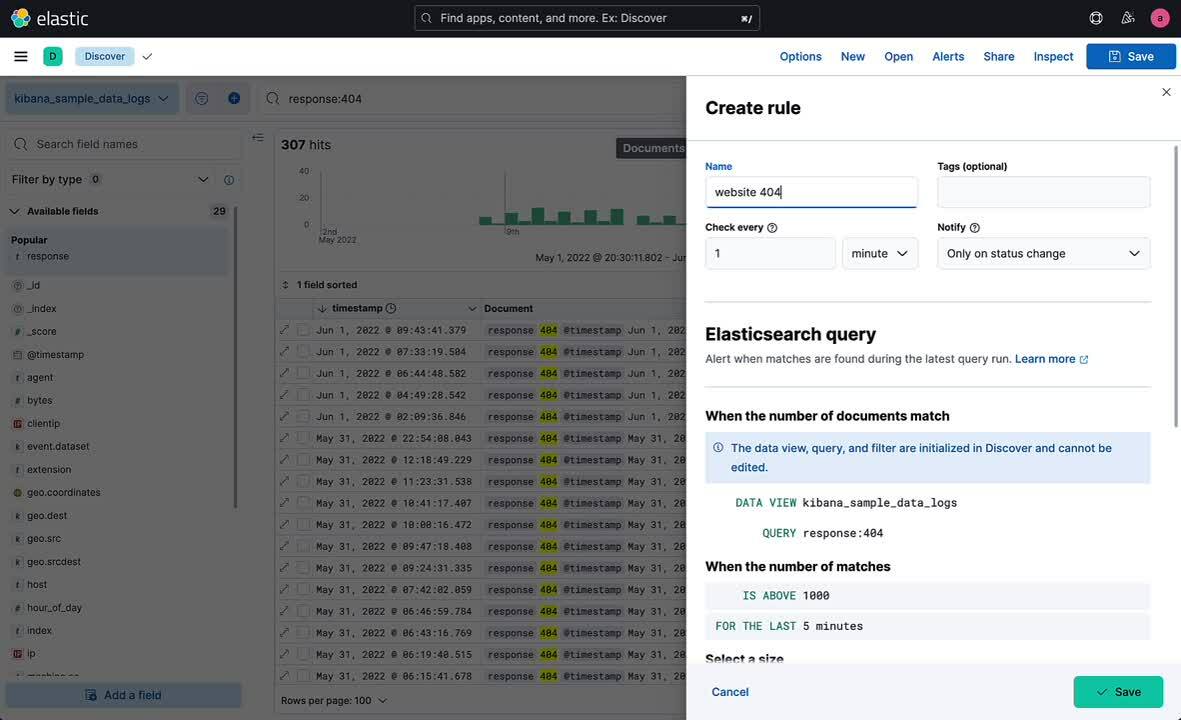Search, observe, and protect everything, across any environment with Elastic 8.3

Today, we are pleased to announce the latest iteration of the world’s leading platform for search-powered solutions with the general availability of Elastic 8.3.
As our customers and community continue to adopt cloud infrastructure, create and consume cloud-native applications, and deploy and operate cloud-based workloads — Elastic continues to evolve the Elastic Search Platform to meet the demands of a cloud-first world.
For example, with Elastic 8.3, organizations can improve their cloud security posture and protect cloud workloads with Elastic Security for Cloud, enabling them to secure cloud environments — from deployment to run-time.
In addition, Elastic 8.3 helps users achieve broader observability for a wide variety of modern cloud environments through additional cloud-native integrations like Amazon CloudWatch, S3, Kinesis Data Streams, SQS, and more.
And because we know that the demands of a cloud-first world include solving for hybrid cloud scenarios, we are pleased to announce that with Elastic 8.3, Elastic Cloud users will be able to search and replicate data between Elasticsearch clusters, even when they reside in different environments, such as on-premises and cloud.
Yes, you read that right — cross-cluster search (CCS) and cross-cluster replication (CCR) now support searching and replicating data across Elastic Cloud, self-managed clusters, Elastic Cloud Enterprise (ECE), and Elastic Cloud on Kubernetes (ECK).
Whether it’s connecting people and teams with content that matters, optimizing mission-critical applications and infrastructure, or protecting your digital ecosystem from cyber threats, Elastic 8.3 is available to help everyone reach new levels of success.

Secure cloud environments with Elastic Security
The migration of enterprises to cloud-first models is reshaping the modern attack surface, with cloud infrastructure and cloud native applications at its heart. Security and DevOps leaders alike recognize the imperative for cloud security, but even beyond the challenges of whirlwind change, cloud security is encumbered by the complexities of the cloud and the disjointed workflows of closed InfoSec tools.
Elastic Security for Cloud, new with Elastic 8.3, equips customers to improve their cloud security posture by assessing policies against industry benchmarks and implementing recommendations. With cloud workload protection, organizations can defend cloud-native and hybrid workloads against runtime attacks.
Built into Elastic Security by the experts behind build.security and Cmd, and fueled by research from Elastic Security Labs, Elastic Security for Cloud helps organizations secure cloud environments — from deployment to run-time.

Be sure to check out the Elastic Security for Cloud blog to learn more about how Elastic can help you protect your cloud infrastructure and applications.
Achieve broader observability for cloud, SaaS, and big data with new one-click integrations
Elastic continues to simplify and streamline visibility for a wide variety of modern environments. With the Elastic 8.3 our community and customers will be able to:
- Streamline log ingestion from Amazon cloud services (including CloudWatch, Kinesis Data Streams, S3, and SQS) with the Elastic Serverless Forwarder
- Monitor Amazon ECS containers with a new AWS Fargate integration
- Optimize performance of SaaS and big data applications with new out-of-the-box Elastic integrations for Salesforce and Hadoop and further visibility into Nagios, Apache Spark, and Spring Boot
- Simplify centralized management of Elastic Agents with rolling upgrades during scheduled maintenance windows and the ability to filter and apply actions based on tags (enabling greater control over agents at scale)
To learn more about how Elastic Observability is helping teams to achieve enhanced observability acros cloud, SaaS, and big data environments — check out the Elastic Observability 8.3 blog.
Ingest, index, and search across any dataset or data type with ease
Elastic 8.3 makes data ingestion even easier with PDF support for web crawls, a new first-party connector for Confluence Cloud, and a new framework to build (custom) connectors for Workplace Search.
PDF support for web crawls has been one of the biggest areas of interest we have seen from customers since the introduction of the web crawler with Elastic 7.11. Put simply, this enables our customers and community to create a truly comprehensive search index for web content — ensuring end-users are able to easily and quickly locate exactly what they’re looking for, including content within embedded PDF files. And, for ingesting anything and everything else, Elastic 8.3 comes with a new custom connector framework that enables developers to create flexible ingestion mechanisms for any dataset or data type.
To learn more about how Elastic Enterprise Search has evolved with the Elastic 8.3 release, check out the Elastic Enterprise Search 8.3 blog.
Set yourself up for success with the Elastic Stack and Elastic Cloud
We’ve said it before, but it’s worth saying again, as the foundation for each of our search-powered solutions, everybody wins with enhancements to the Elastic Stack and Elastic Cloud. And, in terms of enhancements to the Elastic Stack and Elastic Cloud, Elastic 8.3 is poised to pay (figurative) dividends.
Using Elasticsearch? Of course you are.
With Elastic 8.3 and the general availability of snapshots as simple archives, snapshots from older Elasticsearch versions can now be searched directly without the need to (reindex or) stand up new (old) Elasticsearch clusters. Elasticsearch users are enabled to more easily and quickly search archived backups for compliance, security investigations, and historical lookbacks. In addition, with snapshots as simple archives, there’s never been a better time to migrate to Elastic Cloud as it’s easier than ever (before) to access all of your existing data without any heavy lifting.
To learn more about snapshots as simple archives and all of the other (new) enhancements to Elasticsearch — read the Elasticsearch 8.3 blog.
Using Kibana? We are, too.
Elastic 8.3 helps users to streamline root cause analysis workflows (and more) by enabling those who explore and troubleshoot in Discover to create automated search threshold alerts. These will trigger an alert based on documents matching a query and can be paired with an action like sending a notification or creating an incident to expedite future investigations.
In addition, Elastic 8.3 makes it easy to automate the identification of trends and patterns by enabling users to create anomaly detection jobs directly from the data subsets of Kibana Lens visualizations. And in terms of accelerating “time to insight,” Elastic 8.3 empowers teams to identify insights faster (regardless of experience level) with easily-configurable and user-friendly dashboard filters.

Using Elastic Cloud? You should be.
With Elastic 8.3, cross-cluster search (CCS) and cross-cluster replication (CCR) now support searching and replicating data across Elasticsearch clusters — whether they’re on-premises or in the cloud. In other words, with Elastic 8.3, it doesn’t matter where your data is stored (e.g. on-premises, public cloud, Elastic Cloud, etc.) — our customers can now search and replicate data across and between environments with ease.
In addition, Elastic Cloud users can now more easily switch between hardware profile types thanks to a new template migrations feature. Template migrations help users to migrate their Elastic deployments from one type of cloud hardware instance, to another, without any downtime.
To learn even more about how Elastic 8.3 can set you up for troubleshooting success, and why Elastic Cloud is truly the best place to consume all that Elastic has to offer — read the Elastic Platform 8.3 blog now.
A journey of a thousand miles begins with a single step
Once again, it's time to begin (or continue) your Elastic journey. Elastic 8.3 is available now on Elastic Cloud — the only hosted Elasticsearch offering to include all of the new features in this latest release.
New to Elastic? Welcome aboard. You can get started today with a free 14-day trial of Elastic Cloud. Or, if the benefits of using a managed service have yet to win you over, you can always download a self-managed version of the Elastic Stack for free.
The release and timing of any features or functionality described in this post remain at Elastic's sole discretion. Any features or functionality not currently available may not be delivered on time or at all.













